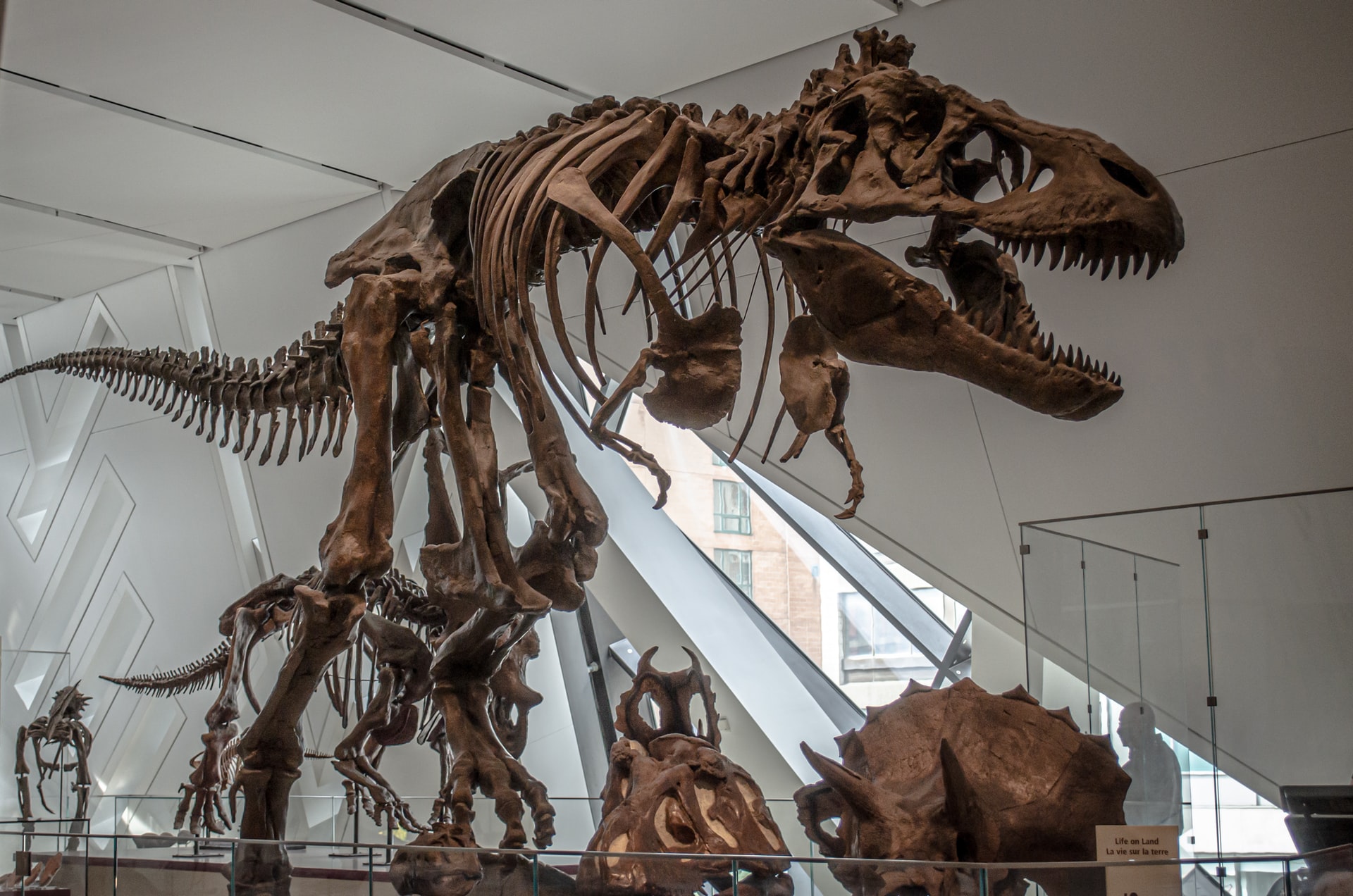By Isabelle Goddard
A bombshell paper has whipped the usually quiet palaeontology community into a frenzy. The recent study headed by palaeontological artist Gregory Paul proposes that the legendary Tyrannosaurus rex (T. rex) may not be just one species—rather, it may be three different ones altogether. Endearing twitter threads of fossil pictures and dinosaur cartoons have been replaced by raging rants about the paper, arguing about everything from the statistical analysis methods, figure presentation, coding language and even the proposed species names.
The visceral reaction from a usually placid community highlights the controversy of the paper. It is undeniable that the T. rex is firmly ingrained in popular culture as the apex predator of the Mesozoic, and carries an allure to it that evades virtually any other dinosaur species. Call this the Jurassic Park effect (Gregory Paul himself advised on the scenes involving the beast), or whatever else you will, it is apparent that we have an unusual fascination with these creatures. We also have more specimens of the T. rex than many other dinosaur species, meaning it has been possible to examine them in more detail.
Endearing twitter threads of fossil pictures and dinosaur cartoons have been replaced by raging rants about the paper, arguing about everything from the statistical analysis methods, figure presentation, coding language and even the proposed species names.
Paul’s new study investigated thirty-eight specimens, by examining the femurs and incisors as main proxies for evidence of speciation. At first, the study measured the circumference of the femurs of each fossil, in comparison to their femoral lengths. The ratio of these two values can be used as an estimate of ‘gracility’ (thinner bones are considered more gracile), and to account for variation in height and age. The gracility of each individual could then be compared to the average of all Tyrannosaurus specimens in the study, and the percent deviation from this average compared to Allosaurus (another tyrannosaur species) and other tyrannosaurids.
The results showed that the gracility variation in Allosaurus ranged from 9-16%. The Tyrannosaurus samples, however, showed a much larger variation of 30%. Based on the statistical testing in the study, which the authors defensively justify, this change in variation cannot be attributed to individual diversity. Rather, there must be a ‘non-random’ variable at play. In this case, this was hypothesised to be speciation.
Accordingly, the Tyrannosaurus was divided into three morphotypes: the robust ancestor T. imperatus, and the descendants, the robust T. rex, and gracile T. regina. Strikingly, the research showed that the ancestral T. imperatus had two large incisor teeth, which decreased to one for the T. Rex and T. Regina. Paul argues this is clear evidence of speciation between the T. imperatus and the T. rex. It was also important in assessing the relationship between the species, showing some potential convergence in the evolution of two lineages. Notably, the specimens ranged in age by two million years, giving enough time for speciation to feasibly occur.
Accordingly, the Tyrannosaurus was divided into three morphotypes: the robust ancestor T. imperatus, and the descendants, the robust T. rex, and gracile T. regina.
The paper does a thorough job of describing the multitude of statistical tests applied. Indeed, Paul himself recognises the controversy of a paper as bold as this, telling the New York Post it ‘is likely to rock the paleo community’. That is certainly one way of describing the palpable tension in the Earth Sciences department recently
The majority of palaeontologists view the evidence of speciation provided by the paper as insufficient to draw an adequate conclusion. Species, as a concept, is fairly loosely determined. By definition, it examines the reproductive compatibility of individuals, which of course cannot be observed for extinct species. Most experts, including Professor Paul Barrett, who works at the London Natural History Museum, are sceptical that this criterion is fulfilled by the recent study. Commenting in the museum’s newsletter, he attributes the morphological variations not to the reproductive isolation characteristic of speciation, but to the sex, ontological, and individual variability. Further to this, variations in both dental morphology and bone size have long been accepted as simple individual variation by palaeontologists.
The circumference to length ratio of other bones from Tyrannosaurus skeletons were also examined, though the femoral bones were used as the main proxy for this set of data. While this was a sensible decision given the poorer preservation of smaller bones, the selectivity of such data and lack of thorough examination into other proxies may suggest a degree of omission.
It is not often we geologists get something that captivates the imagination of so many like the T. rex. The opportunity to connect, and to be able to share our planet’s history, is key to exploring the past.
The paper itself recognises that it is widely speculative. There are certainly morphological differences in the specimens, but if they are extensive enough to constitute distinct species is another question. The incensed response from palaeontology Twitter (which has been a delightful distraction from my somewhat related degree), while entirely inappropriate in emotivity, is understandable.
Science is so often held above the heads of the general public, and made inaccessible by jargon, stereotypes of self-righteous nerds, and the gatekeeping of knowledge. It is not often we geologists get something that captivates the imagination of so many like the T. rex. The opportunity to connect, and to be able to share our planet’s history, is key to exploring the past. The line between the importance of examining in more detail and looking for smoke without fire is blurred in this case. The newly assigned names, while sounding fierce, do lack the cryptic magnetism of the classic T. rex.
Gregory Paul is right—if he had published a paper like this on any other species, there would never have been a reaction this monumental. Its magnitude pays tribute to the importance of recognisable, keystone species like the T. rex, as well as our flimsy understanding of what constitutes a species. However many types of Tyrannosaurus there actually were, the mystery of the details of these beasts leaves plenty of room for imagination (just ask Steven Spielberg). In the meantime, we would do best leave the palaeontologists to fight this one out among themselves.
Reference
Paul, G., Persons, W. and Van Raalte, J., 2022. The Tyrant Lizard King, Queen and Emperor: Multiple Lines of Morphological and Stratigraphic Evidence Support Subtle Evolution and Probable Speciation Within the North American Genus Tyrannosaurus. Evolutionary Biology, [online] Available at: https://link.springer.com/article/10.1007/s11692-022-09561-5.





